I Tried Self-Tan Swatches on My Legs for a Week—These 10 Completely Impressed Me


Welcome to Deep Reviews—your one-stop destination to discover the absolute best products and brands the beauty industry has to offer. The Who What Wear staffers you already know and trust will research, test, and review the market's most sought-after and buzzed-about products to see which formulas (of the hundreds up for consideration) are truly worth your hard-earned money and attention. You can expect honest, completely uncensored feedback and no-BS recommendations our hard-to-please testers endorse without reservations.
Let’s be honest—everybody loves that "just got back from vacation” glow. The problem? A real post-vacation glow often comes with a heaping dose of sun damage. That’s why many people turn to self-tanners for a faux glow.
As someone with naturally Edward Cullen–toned skin (read: very pale), I have turned to self-tanners many, many times to make it look like the sun and I have actually met at some point in my life. Self-tanners are a great way to give any skin tone a bronzed boost, but it’s no secret that not all self-tanners are created equally. Choose the wrong formula and you’re bound to end up with a streaky, splotchy, orange-hued mess that you can’t get off no matter how much you scrub. Think colby jack cheese rather than a bronzy glow.
There are tons of "best self-tanner” lists out there, but I’m not going to lie—they’ve steered me wrong before. That’s why I took matters into my own hands. To find the crème de la crème of self-tanners, I started with a list of 21, which I whittled down to 13 to test. For science, I applied the same amount of each self-tanner to my legs and watched them all develop and fade over the course of five days, which included multiple showers, workouts, and even a hot-yoga session. From there, I chose my 10 favorites. Keep reading for the best self-tanners and why, plus info on our rigorous testing process and insight from tan experts and a dermatologist on everything you ever wanted to know about self-tanning.
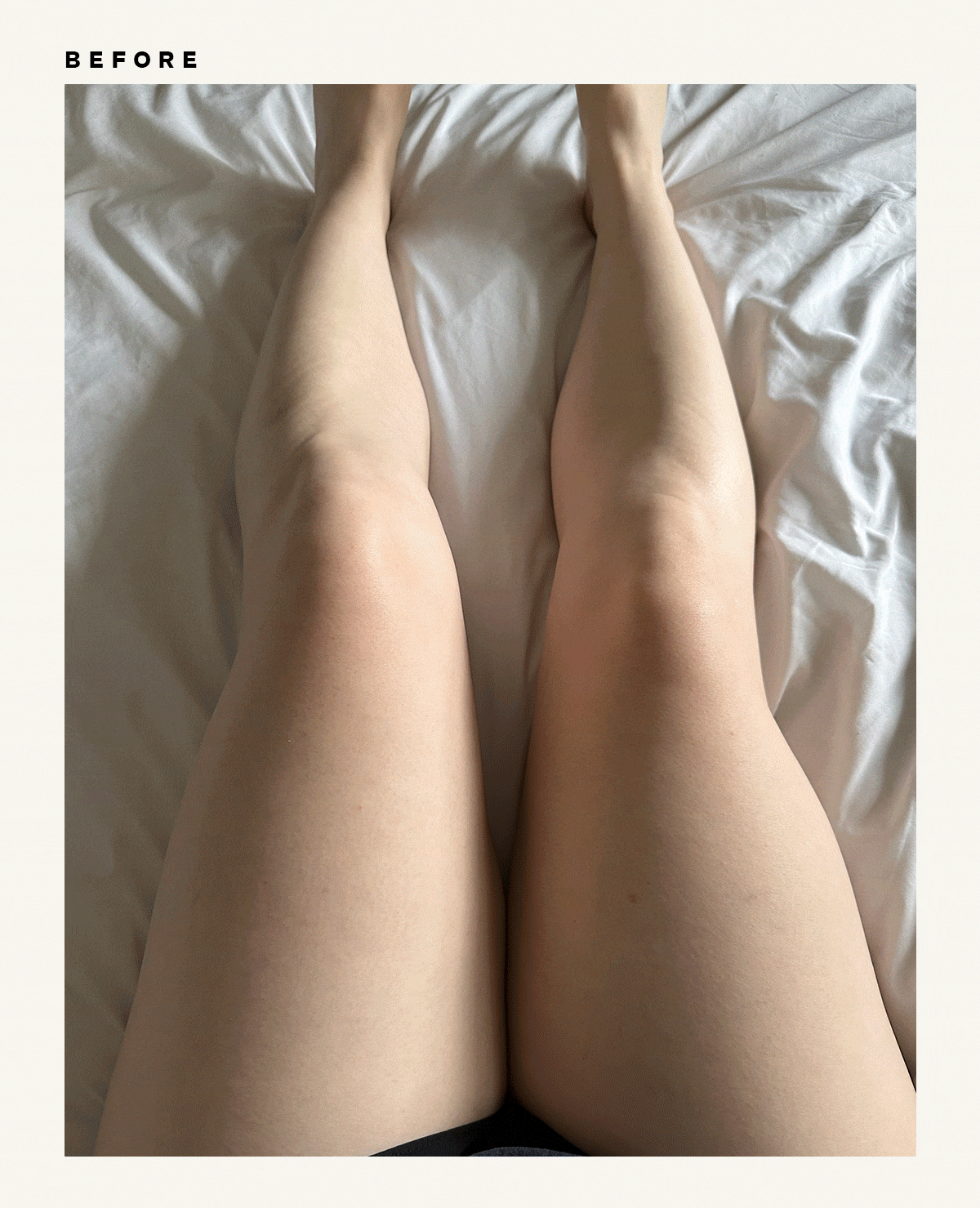
Best Overall Self-Tanner: Tanologist Express Tan Mousse
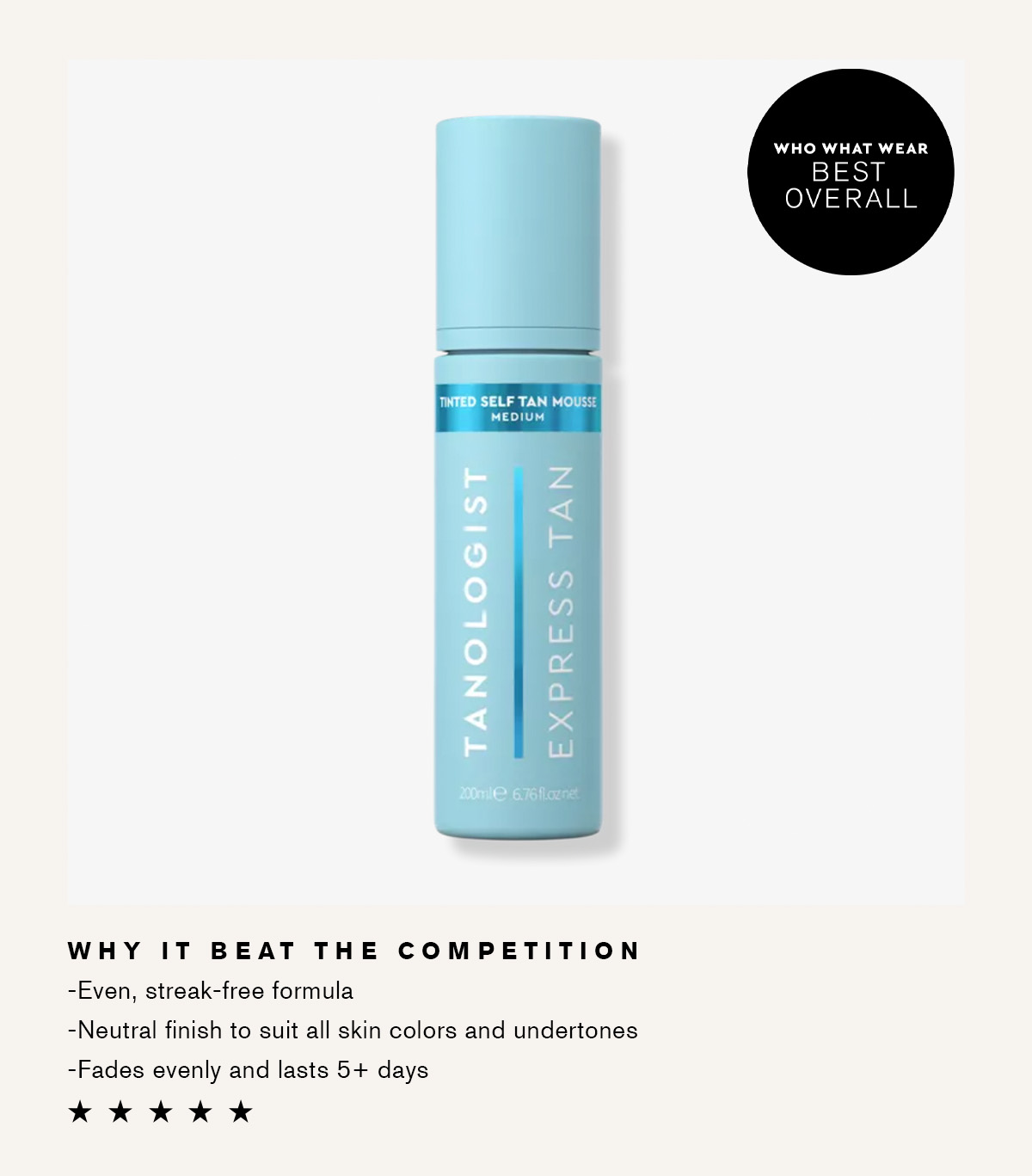
I’d never tried any Tanologist products before, but when Beauty Director Erin Jahns told me the brand makes one of her favorite self-tanners, I knew I had to try it for this test. Blown away is an understatement—the Tanologist Express Tan Mousse exceeded my expectations and more. The super-foamy mousse has a golden guide color and sinks in quickly to skin. Since it’s so fast acting, you can shower off the guide color in one to four hours depending on how deep you want your tan to be. The result is a super-even tan with a neutral undertone. It didn’t have any streaks at all and had one of the best color payoffs of the bunch (but still looked natural). The mousse also faded super evenly and stayed on my skin for five days, even after showers and a hot-yoga session.
Best Drugstore Self-Tanner: L’Oréal Sublime Bronze Hydrating Self-Tanning Water Mousse

Unlike the Tanologist mousse, which has a more solid texture, this mousse is much more watery. Upon application, it sinks in quickly and doesn’t need to be rubbed in much. There’s no guide color, so it’s best to apply in front of a mirror and with plenty of light. The end result was a very even, subtle glow. Out of all the foams I tried, this was definitely the lightest, but that’s not a bad thing—this mousse imparts a golden-toned tan that’s very natural looking.
Best Self-Tanning Lotion: Clarins Self-Tanning Milky Lotion
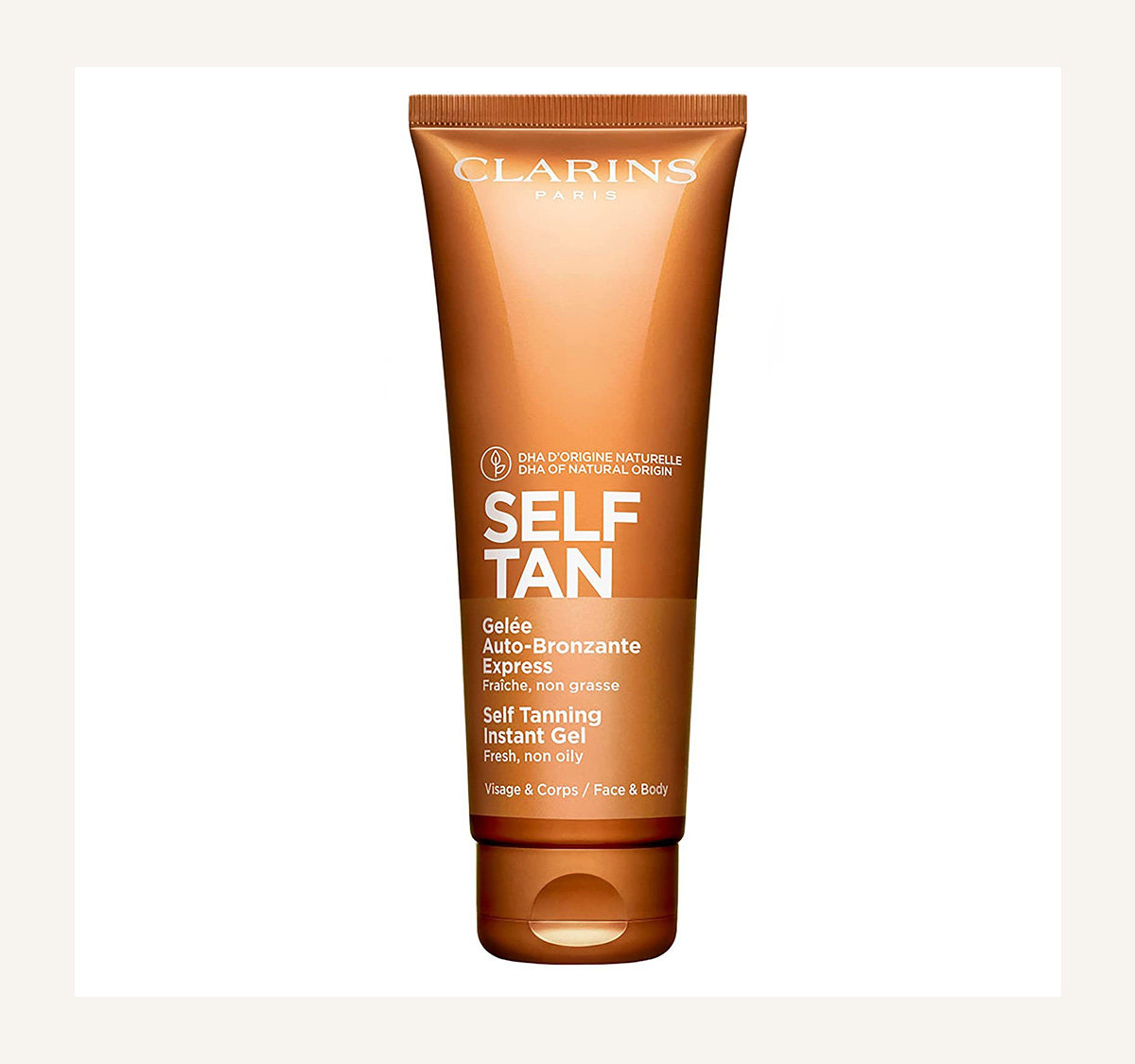
As someone with skin on the drier side, I love a self-tanning lotion since it feels like killing two birds with one stone. Right when you apply, the Clarins lotion sinks in quickly and feels extremely moisturizing. It also leaves your body looking glowy but doesn’t seem to have added shimmer like some other formulas. After developing, it leaves you with a nice, even color. It’s similar to the Tanologist Express Tan Tinted Mousse but is a smidge more golden. If applying a lotion feels more in your wheelhouse than using a mitt and putting on a mousse, this one will be right up your alley.
Best Face Self-Tanner: St. Tropez Self-Tan Purity Bronzing Water Face Mist
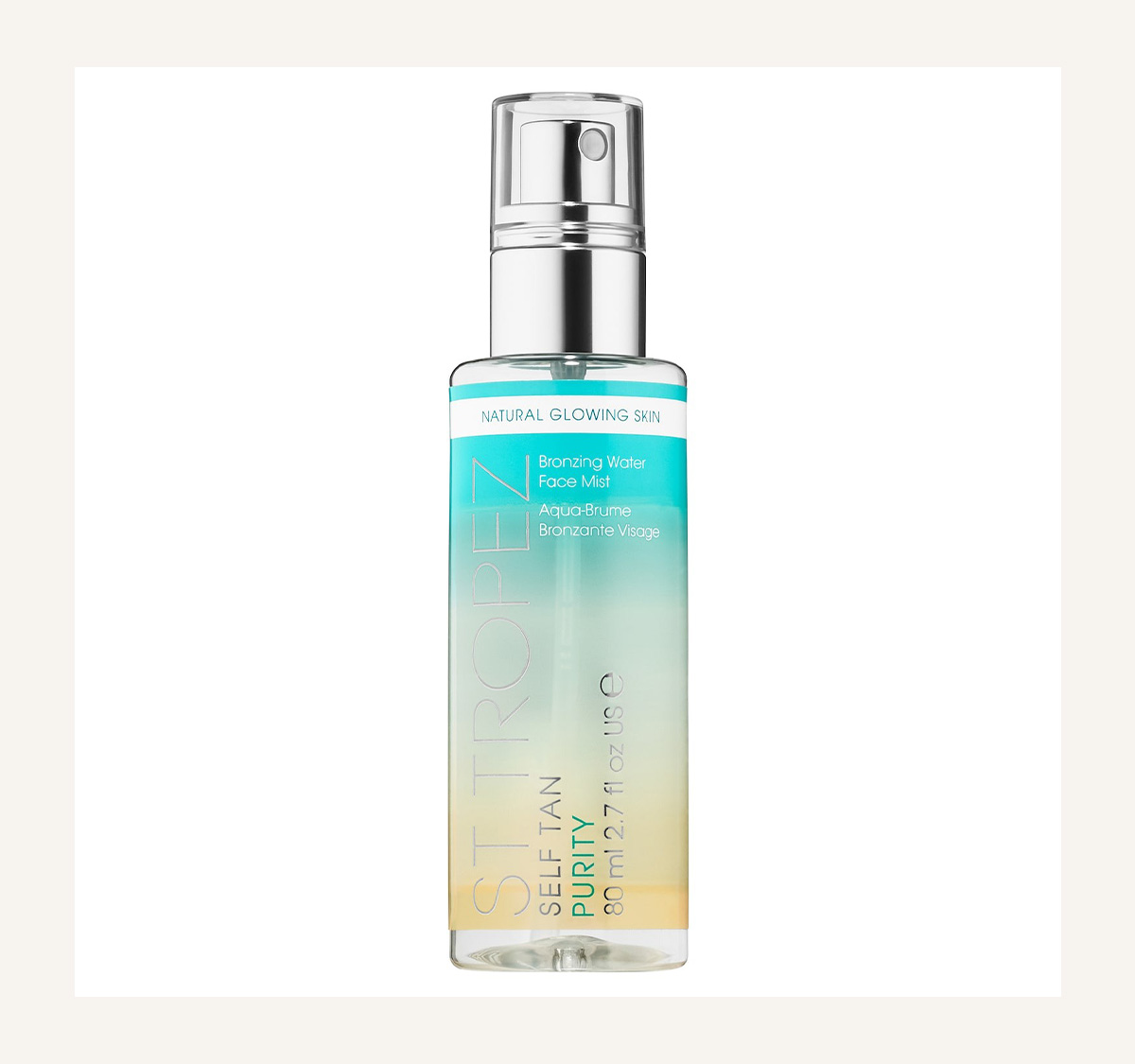
This has been my go-to self-tanning product to add a bit of color to my face. It’s incredibly easy to use—you can spray it straight on like a face mist, and it doesn’t look patchy. It comes out as a super-fine mist and smells refreshing, which is always a plus for something you’re putting directly onto your face. It gives you an extremely even-toned tan, and it’s extremely subtle. The tan is also natural-looking and neutral-toned.
Most Pigmented Self-Tanner: Isle of Paradise Body Butter
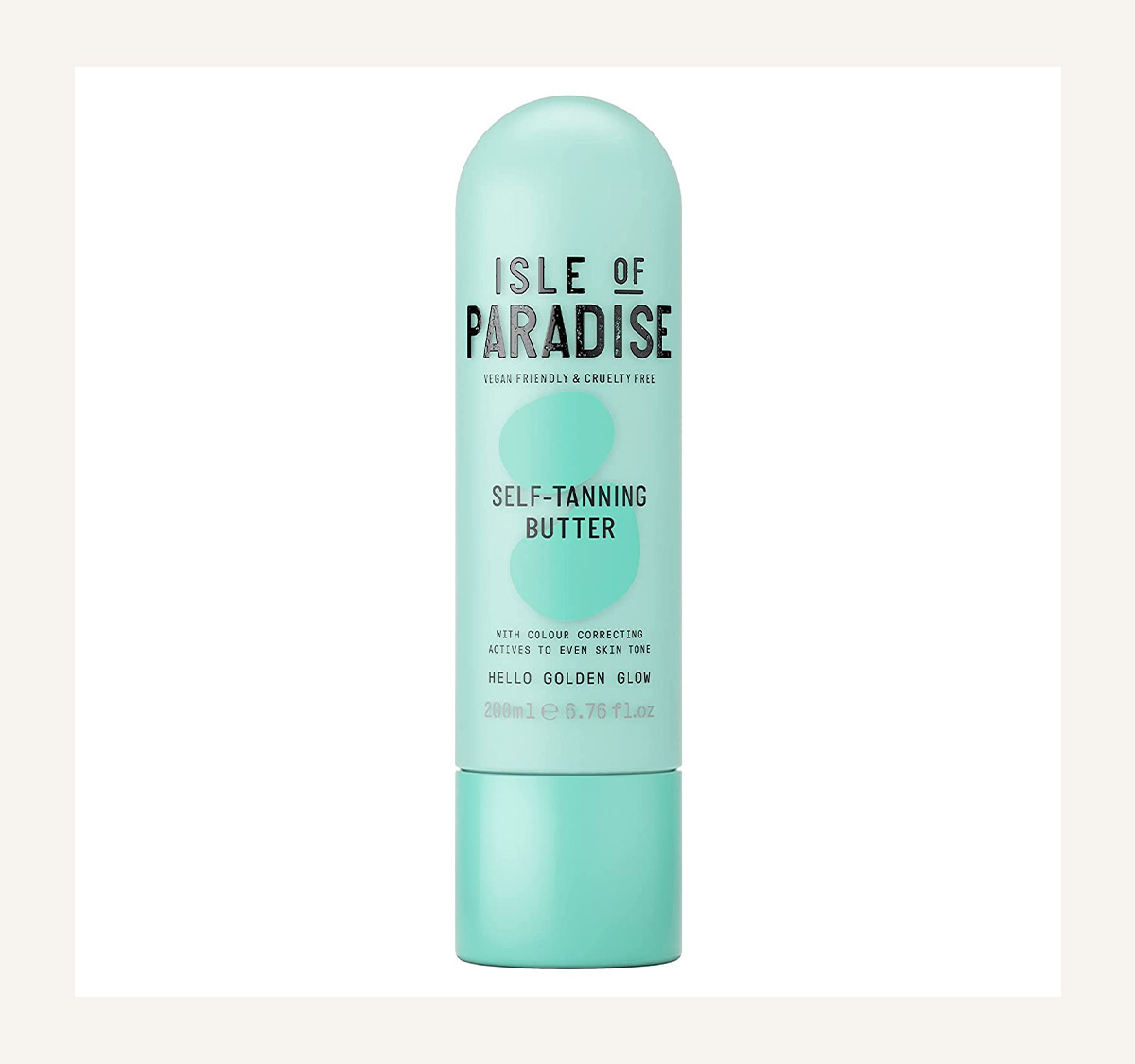
I’ve personally been partial to this body butter since it launched. If you’re looking for a more hydrating, richer textured formula, this is the one to reach for. It feels incredibly moisturizing but sinks into skin instantly. It also contains iridescent shimmer for a highlighter-like glow—which is something I’d never noticed before from this formula. I was surprised that this gave me the darkest tan out of all the formulas I’d tried. It also left my skin really glowy and had a noticeable shimmer to it, even after I slept on it. It was a bit streaky at the edges but gave me a golden-toned tan. I think this body butter would be best to use before an event where you want a more pigmented color payoff and a glowy finish.
Best Self-Tanner Drops: Isle of Paradise Self-Tanning Drops
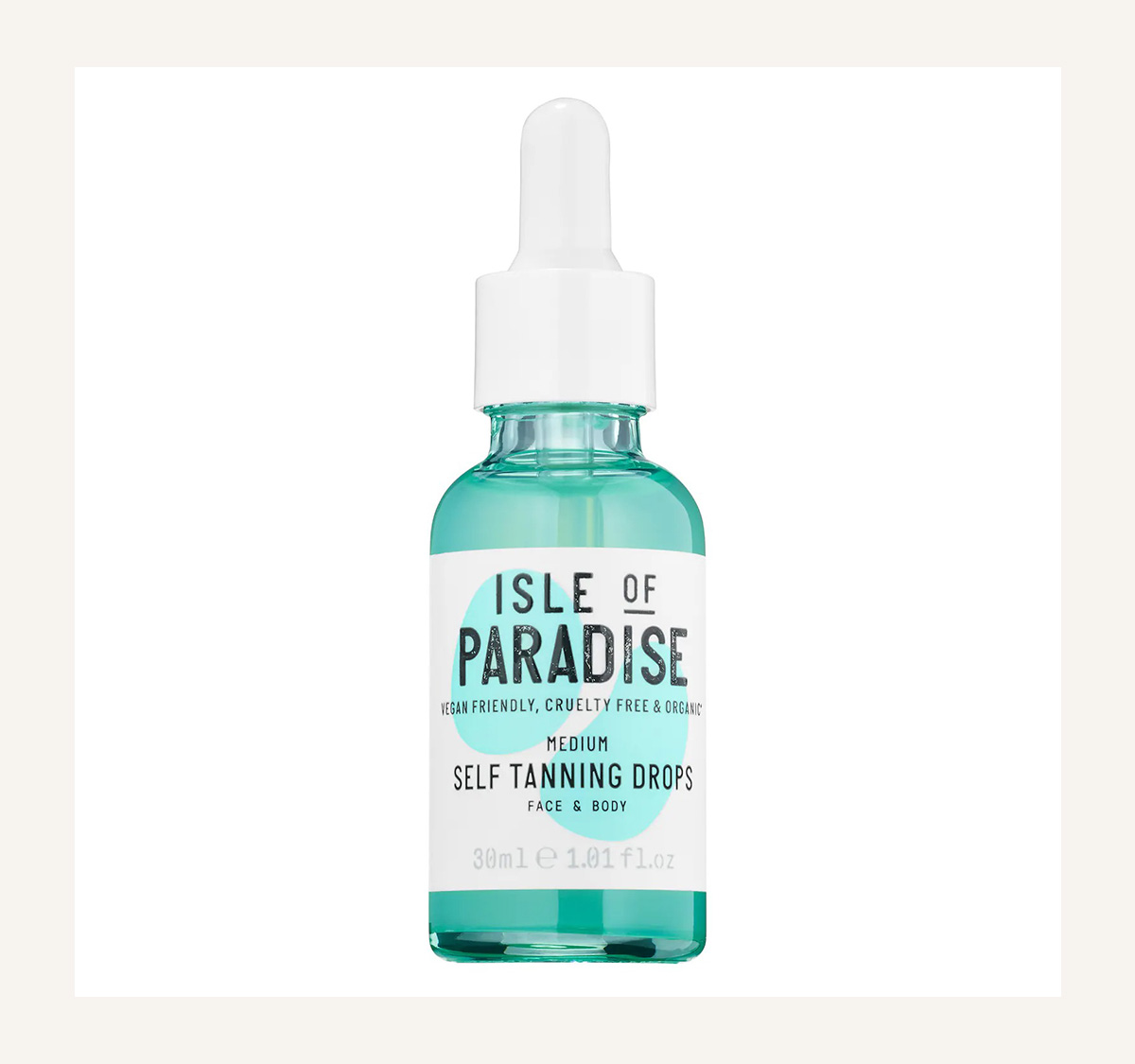
These drops have long been a staple in many beauty routines due to how easy it is to make your tan customizable when you use them. You can add anywhere from two to 12 drops into your moisturizer for your desired depth. They mixed in easily with my moisturizer and were super easy to apply since it just felt like putting on my normal body lotion. (You can also add this to your face moisturizer!) The result was a neutral-toned tan that wasn’t streaky at all, which I was worried about because I was hand-mixing them into my lotion. I used the most drops recommended (12) because I wanted to see if they would still render me an even tan, and I wasn’t disappointed. Since I used so many drops, my tan was pretty deep, so it’s nice to know that I can tailor the tan more in the future for a more subtle, non-streaky glow.
Best Mousse: St. Tropez Self-Tan Luxe Whipped Crème Mousse
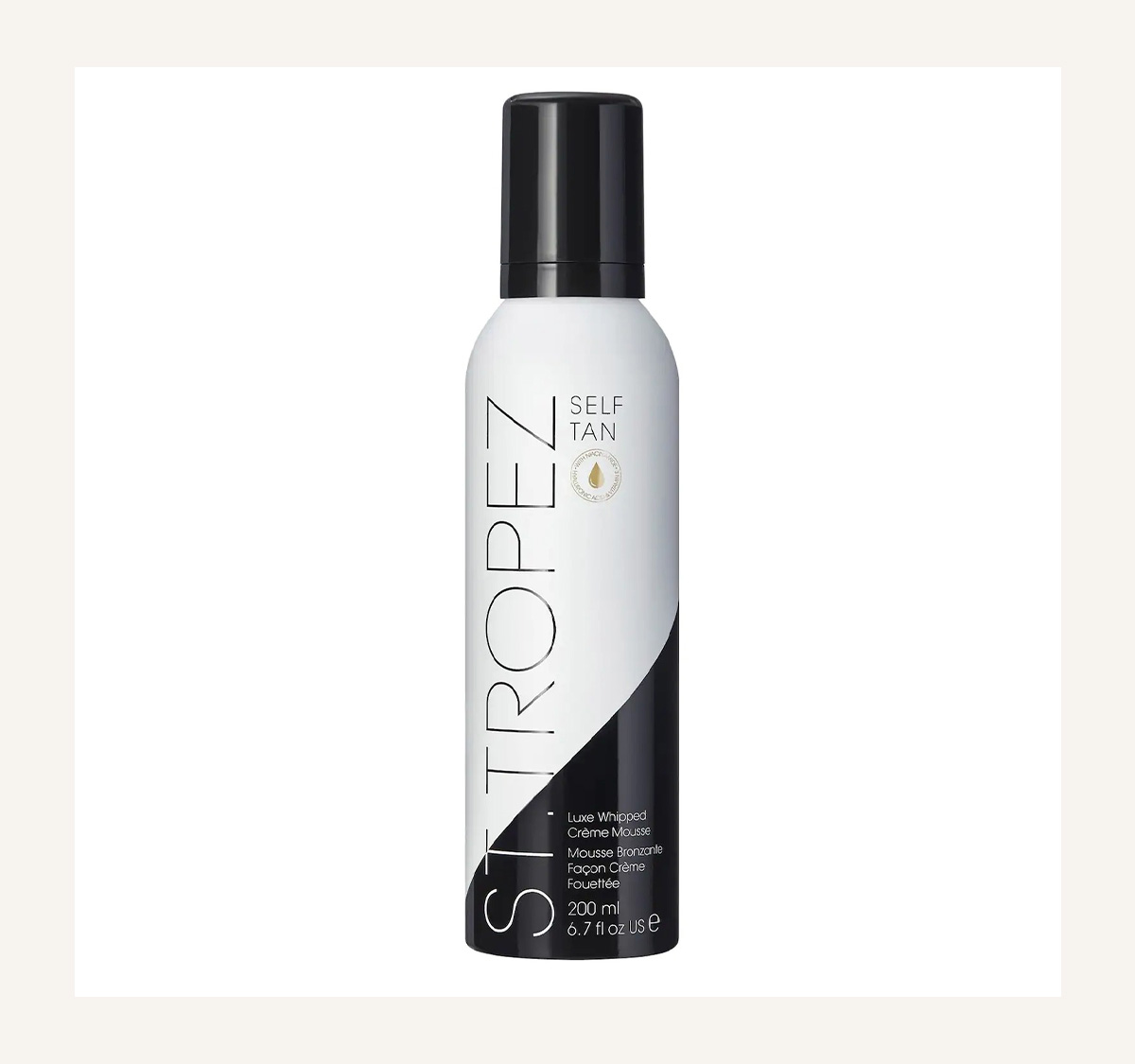
Like our best overall and best budget picks, this St. Tropez mousse was an impressive formula. This mousse has the texture of whipped cream, which makes it fun to use. It spreads on easily but requires a bit more rubbing in than the Tanologist mousse. This mousse also gives a more cool-toned, darker guide color. This self-tanner needs to be worn for eight hours before showering off the guide color, so it requires a bit more time to develop than some other formulas I tried. The nice thing about this mousse, in my opinion, is that it is cool toned, which seems to be rare for self-tanners. Many brands don’t understand that not everyone who wants to use a self-tanner has a golden or neutral undertone—some of us are cool toned! This imparted a nice, even color with just a bit of streaking at the edges.
Best Gradual Self-Tanner: Jergens Natural Glow Firming Daily Moisturizer
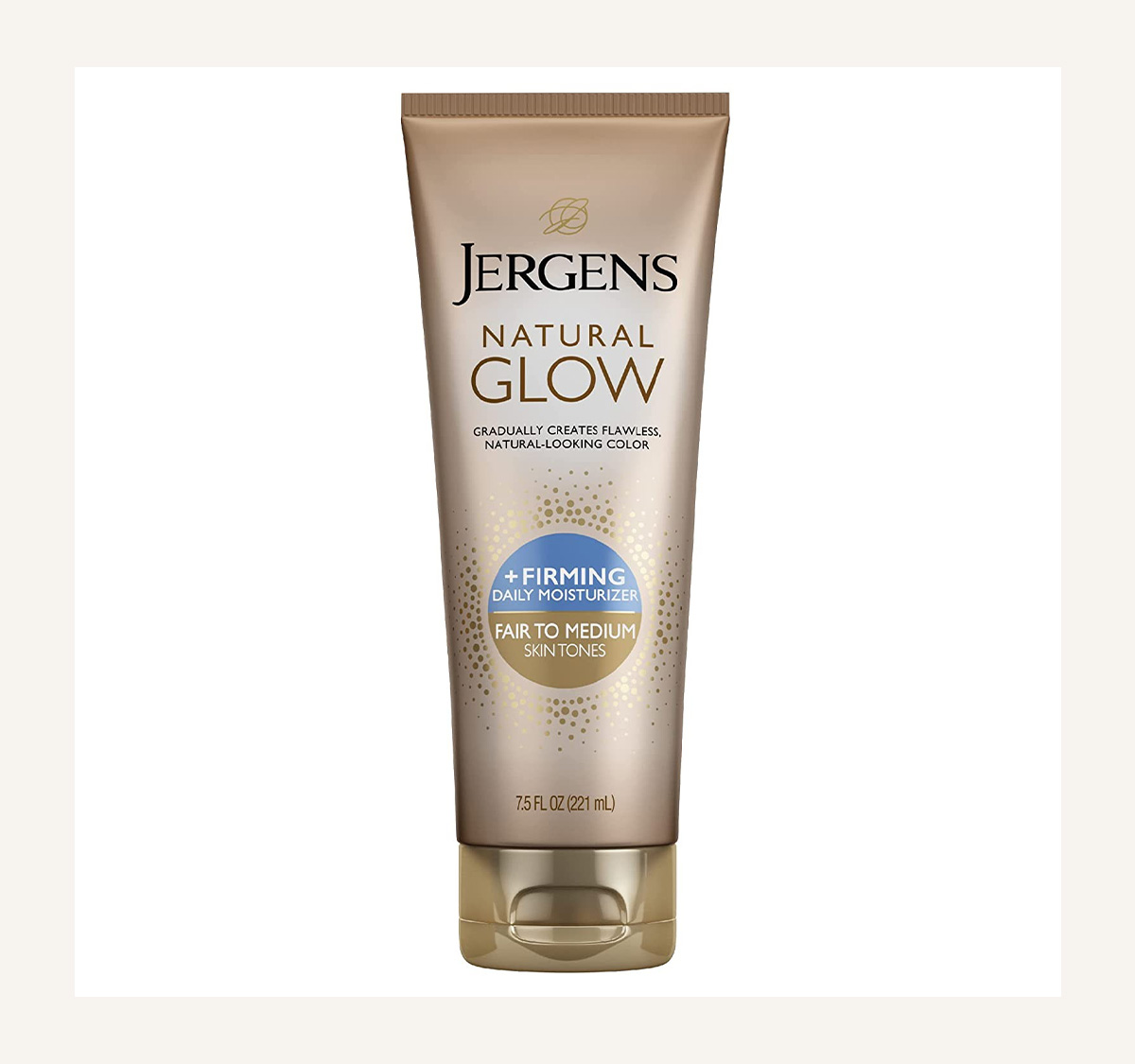
Jergens is a classic gradual self-tan lotion for a reason. It has a good texture and feels moisturizing, but it doesn't sink in quite as quickly as some of the other lotion formulas I tried. The end result was a tad streaky, but it gives your skin a nice golden-to-neutral color that would probably get less streaky with each additional application since this is meant to be a buildable, gradual formula.
Most Natural Looking: Tan-Luxe The Water
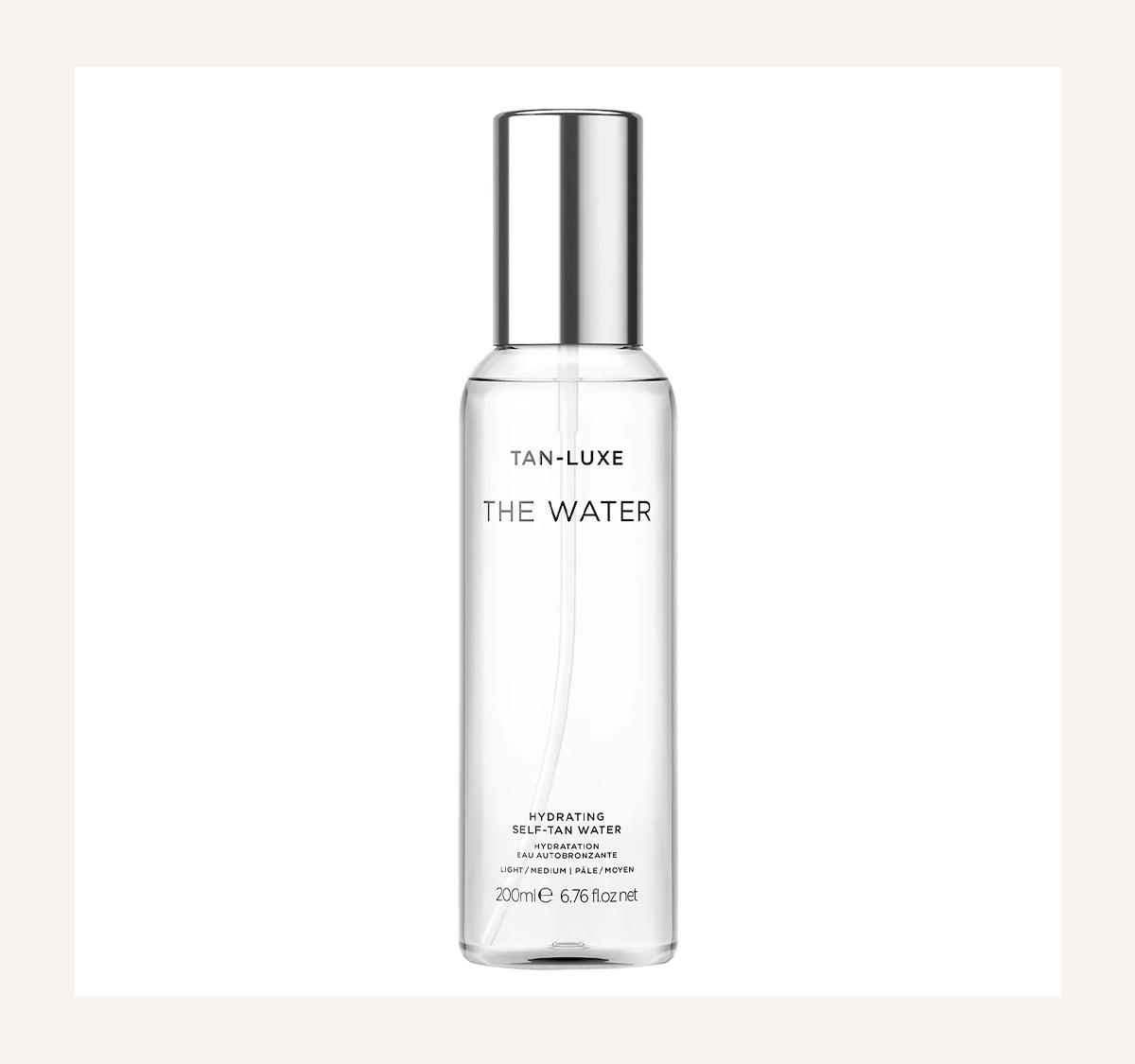
I’m going to be honest: Ever since it launched, this has been my holy-grail tanner. For that reason, I was excited to put it to the test. The formula is a super lightweight mist that really does apply to skin like water. It’s clear when it goes on, so if you like a guide color, I’d keep that in mind. This mist gave me a really even neutral-toned glow. It wasn’t the lightest, but it also wasn’t the darkest. It’s perfect if you’re on the hunt for a natural-looking tan and don’t mind a water-like spray.
Best Self-Tanner for Sensitive Skin: Tan-Luxe The Butter

This luxe butter had a great texture and soaked into skin instantly. It felt really hydrating and had tiny, almost imperceptible flecks of glitter in it. It came out slightly streaky but overall gave a really good neutral-toned glow that looked pretty natural. It’s formulated with aloe vera and vitamin E to moisturize and soothe skin, so it’s great for anyone on the more sensitive side.
FAQ
How do self-tanners work?
It might seem like color magically appears on your skin, but self-tanners all use the same mechanism to give you a glow, no UV exposure required. "Most employ dihydroxyacetone (DHA) as a color additive that reacts with amino acids at the skin surface to darken skin,” says Blair Murphy-Rose, MD, FAAD. "There are also cosmetics-like bronzers that sit on top of the skin and cover the skin with a darker shade.”
What should someone know about self-tanner before using it?
From a dermatological perspective, anything that limits your sun exposure is a win, so self-tanner is a much safer alternative to lying in the sun and risking skin cancer. "There are many different ingredients in self-tanners, and some of these ingredients may have health consequences that we are not well aware of at this time or that are not yet well enough understood to say precisely how safe they may be,” says Murphy-Rose. "DHA has only been evaluated by the FDA for external use, which does not include use internally (including ingestion or inhalation) or on the eyes or mucous membranes like lips, nostrils, and genitalia. At this time, it is considered safer to use topical self-tanners and to avoid the body parts listed above as well as to avoid aerosol spray tans.”
What's the best way to prep skin for a self-tan?
Ask any seasoned tanning pro—skin prep is the name of the game for an even, streak-free tan. The best way to prep your skin? Exfoliation. "Start exfoliating a few days out, with your last exfoliation being ideally eight to 12 hours before application,” says Sophie Evans, St. Tropez’s skin finishing expert. "Self-tans will work best on skin that has a neutral pH balance. When you exfoliate and shower, you lower your pH level, which can result in a lighter self-tan color.” Evans also recommends making sure all products like deodorant, makeup, and previous self-tan have been removed before you start. Moisturize elbows, knees, hands, feet, and any severely dry areas with a water-based lotion beforehand to avoid them getting too dark, as tan will naturally adhere to drier areas more.
How do you avoid streakiness during application?
If you’re always ending up with a streaky tan, you may be applying too little product or rubbing it in too much. Rubbing can disrupt the tanning process and create streaks, according to Evans. "You can never apply too much, as the skin will only absorb a certain amount of product and work off the level of tanning agent it has been formulated with,” she says.
Isle of Paradise founder Jules Von Hep also has some application tips to avoid streaking. "In order to avoid streakiness during application, always remember to apply your self-tan in sweeping motions over the body—never circular,” he says. "This will ensure that the product is distributed evenly for the most natural, even-looking tan. When tanning your hands and feet, only use what is left on your mitt, and remember to wipe in between fingers and over fingernails with a damp cloth or makeup wipe after application. Lastly, use a blending brush to blend out your wrists, ankles, and hairline to help alleviate any harsh tan lines. If you don't own a blending brush, you can hang a towel onto the back of your door and rub your wrists together. This removes those pesky telltale tan lines!”
Read more about Who What Wear's rigorous testing process:
When choosing self-tanners, Evans says to opt for a well-known brand you can trust, like Isle of Paradise or St. Tropez, if you’re a self-tanning newbie. Evans also says that anyone who exercises regularly or leads a busy lifestyle may want an express self-tanner that doesn’t take long to develop, and if you have tons of white furniture, she also says that you may want to opt for a clear formula to avoid potential stains. With this advice in mind, I combed through different best-of lists, finally landing on 21 products to consider. Then, I whittled that list down to 13 and chose the best 10 after putting each product to the test on my own legs and seeing how they developed and faded through multiple showers, workouts, and a hot-yoga class.
This article was originally published at an earlier date and has been updated.
Prior to her time at Who What Wear, Katie Berohn worked as the beauty assistant for Good Housekeeping, Woman's Day, and Prevention magazines, all part of the Hearst Lifestyle Group. She graduated from the University of Colorado, Boulder, with a major in journalism and minor in technology, arts, and media, and earned her master's degree at NYU's graduate program for magazine journalism. In addition, Katie has held editorial internships at Denver Life magazine, Yoga Journal, and Cosmopolitan; a digital editorial internship at New York magazine's The Cut; a social good fellowship at Mashable; and a freelance role at HelloGiggles.